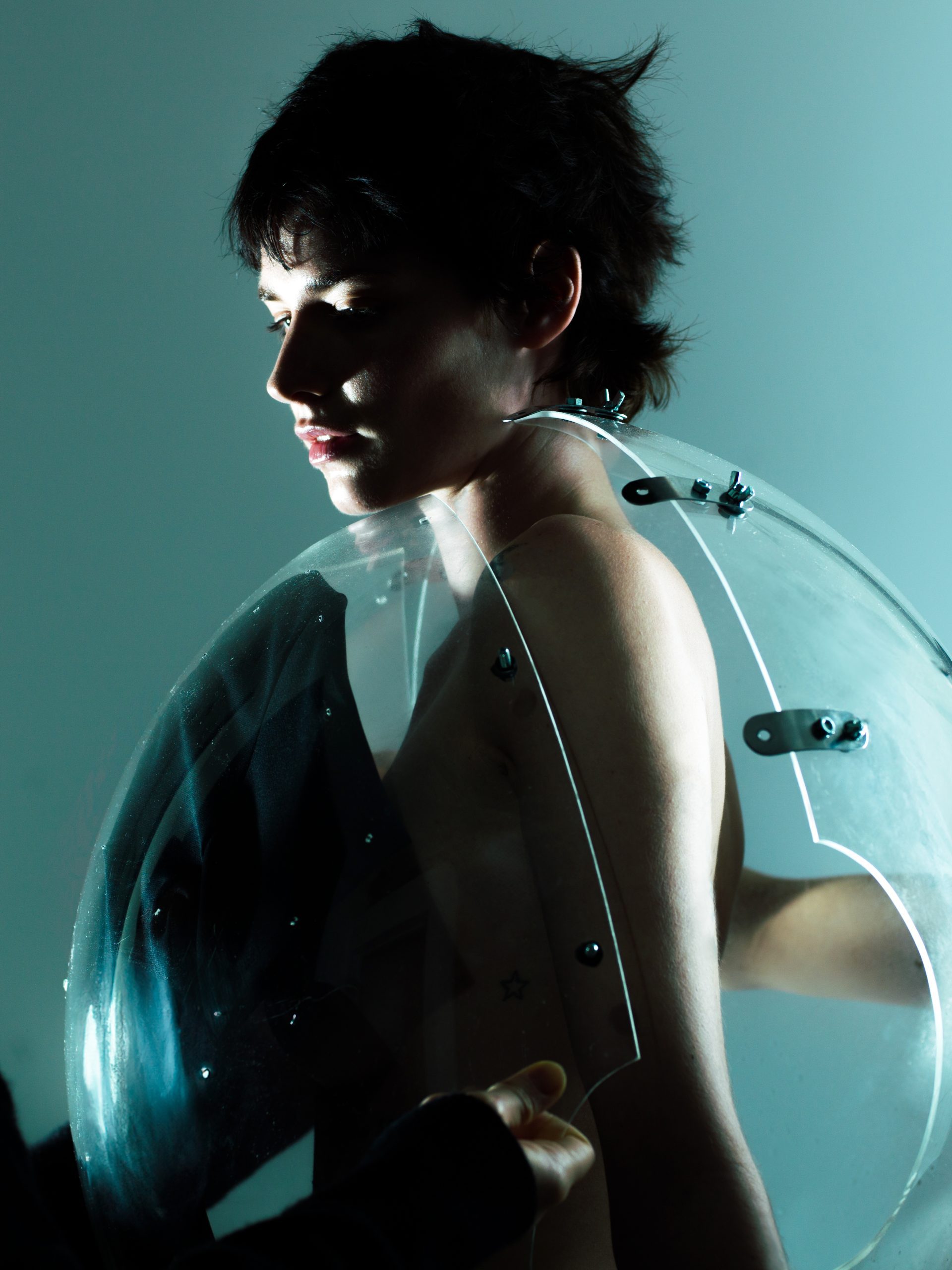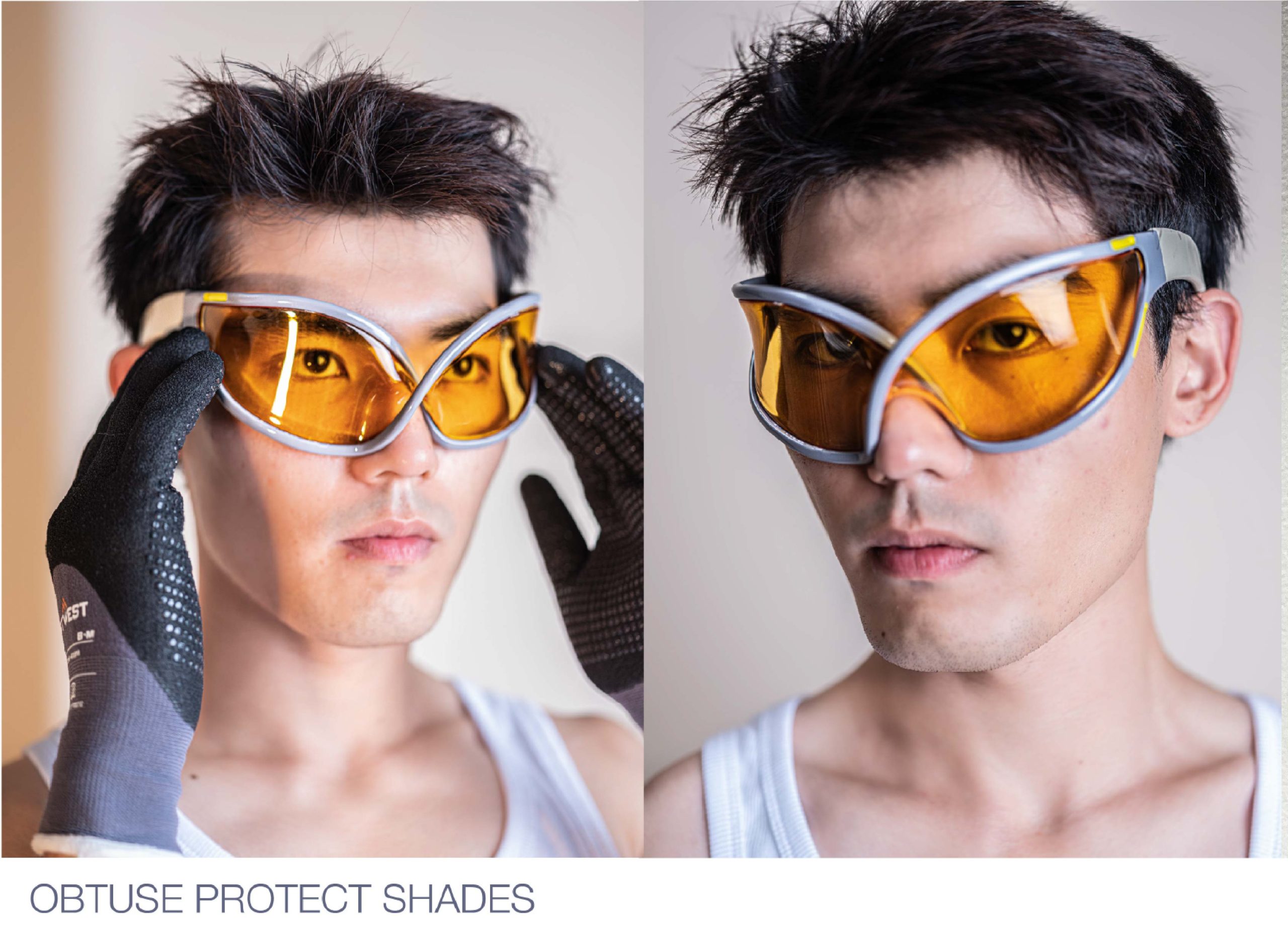Something markedly beautiful about fashion is its ever-evolving nature. Trends, styles, and designers alike all have a distinct lifetime, but before we can mourn what is being ousted, we are more often than not already hooked by the upcoming. And perhaps this has something to do with the current uncertain state of the industry. With criticism being rife, and only accumulating, is the public nowadays more interested and invested in emerging talent than before?
Whether slandered for unethical production systems, blamed for environmental damage, or perceived as exclusive, elitist, and unwilling to change, fashion is certainly having to try to rewrite its narrative. Consequently, it seems modern consumers have an insatiable thirst for newness and innovation, and those attempting to change the game are a zealous focus point for industry coverage. Britain in particular is home to an incredible array of hungry young creatives, all guns blazing as they toe the start line, ready to disrupt the industry and the rules. In particular, Central Saint Martins is one of the most successful fashion schools, having nurtured icons such as Alexander McQueen and Christoper Kane. As such, when spotting emerging talent, all eyes are fixated on CSM’s annual BA graduate runway show, as onlookers hope to spy out the next big name who could be the catalyst for hopeful change.
The work of 134 graduates’ final collection was collated into this year’s beautiful exposition for 2023. The alternative runway layout saw models criss-crossing each other, as the audience sat in segregated squares, overwhelmed the audience with an abundance of diverse and differentiated skills all at once. Bridging womenswear, menswear, knitwear, and print, and evoking a range of sociological themes, spanning gender, class, culture and origin, the show was truly a potent and full-bodied display of creativity.
Ivan Delogu earned the third-place award with his exaggerated knitwear pieces that burgeoned a primal culture and were accessorised with metal work from hats, to urns, to pans. Focusing on the centrality of women within Sardinian culture, his 6 looks were all named after female characters, and included works such as “The Maiden” or “The Goddess”. His sculptured pieces were dramatic in shape and structure, almost reminiscent of tribal costume, adorned with feathers, netting, tassel and crochet in imperial blues, reds and yellows. Delogu evoked the traditional female domestic in his work, with most of the models seeming to portray rural women workers, and yet the collection was also outlandishly modern with his use of material and textiles. His work used rogue upcycled materials; he incorporated 70s mosquitos curtains, garden fence netting, and deadstock yarn. His collection drew on the agro-pastoral influences of his childhood and sought to showcase a diverse and eclectic mix of female personas. His pieces were dramatic, and Delogu has implied wishing to see them donned proudly by daring women at red-carpet locations such as the Met Gala steps.
Meanwhile, Alba Masomoros came second with her blue and beige-suited collection that was more refined and conservative compared to Delogu. The minimalist, but cleanly executed collection from Masomoros almost evoked a 70s femininity but was adorned with large silver baubles and patchwork feathers, which made the collection all the more interesting without compromising its sleekness. The effect of the dappled light on her reflective metallic accessories added a certain opulence to the pieces, and their larger-than-life proportion only furthered this. Her collection aimed to evoke the loaded relationship between a person and their surroundings, and her out-of-place accessories and decorations sought to express suffocation and entrapment. Look number 5 of the collection was the most affirmative nod towards Masomoros’ metaphor for ensnarement, involving a leathered blazer that extended into gloves and positioned the model’s arms tightly at her side. The piece was in some ways ultra-modern, being a spin on the “gloved” trend we have seen recently, and yet was also reminiscent of a straitjacket—an antiquated and heavily criticised tool for psychiatric treatment. Masomoros was trying to evoke the intangible, but distinctly restrictive feeling of uncomfortable-ness that one feels when out of place, or out of their comfort zone. Her additives were supposed to represent strings of pearl necklaces, and strands of artificial hair, as she sought to almost dismantle the image of a complete and preened woman. Despite her work’s significance and meaning being more abstract and convoluted, Masomoros’s 6 pieces worked together harmoniously in delivering a sleek collection that was both futuristic and nostalgic at the same time – the effect was aptly unsettling.
Finally, this year’s largest recognition was awarded to Eden Tan for his deeply poignant, and deeply clever collection. From “A Roll of Cotton” to “A Roll of Latex”, Tan created exaggerated, but seemingly wearable looks, out of singular poles of fabric. His models traipsed around in elongated reels of textile that were cut, slit and pinned into incredible one-piece outfits. There was something inexplicably tongue-in-cheek about the way his models carried their fabric rolls above their shoulders as they strutted down the runway. The collection seemed to be making a critical commentary about waste, and how fabric is destroyed or scrapped in manufacturing clothing. Tan thus sought to showcase the power of folds, gathers and the occasional snip, illustrating how perhaps the modern world has overcomplicated the simple beauty that lies in arranging fabric creatively across the body. Fashion nowadays has in many instances become farfetched and to some “laughable”, with things such as the “barely-there” or “naked” trend having its moment, as well as even more gimmicky ideas such as impossibly miniature handbags or the “treasured trash” phenomenon that sees designers making clothes that are partially destroyed. Tan, perhaps acknowledging the ways in which the industry has gone askew, thus sought to take fashion rightly back to basics with his showcase. His collection warranted such a high-level accreditation, not only for the theatrical effect that having his models carry their materials made on the audience, but for the raw beauty, he was able to deliver through clever simplicity.
Written by Hebe Street from GLITCH Magazine
Edited by Fernanda Ondarza from GLITCH Magazine





